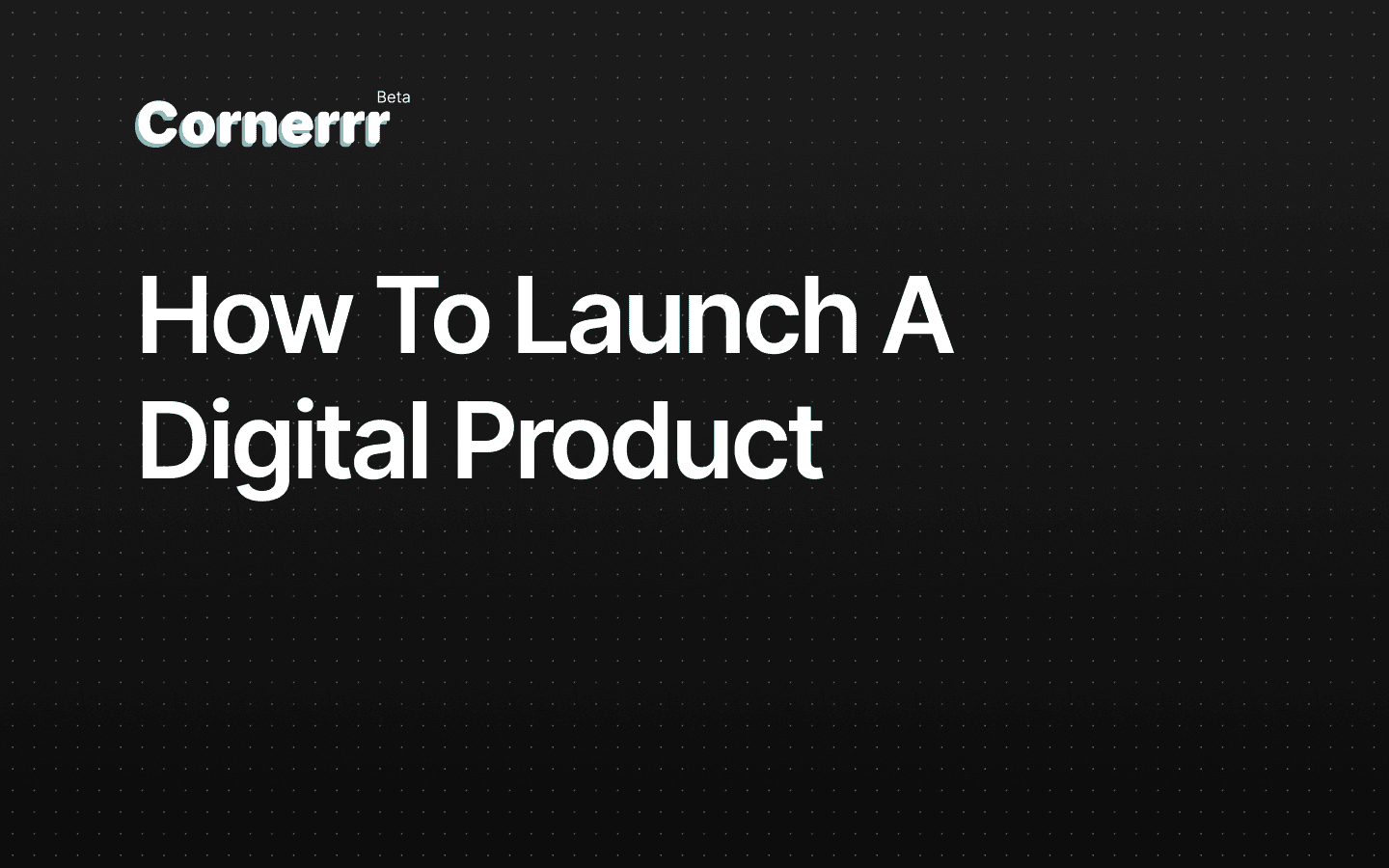How to Launch a Successful Digital Product: A Creative and Engaging Guide
In today’s digital landscape, creating and launching a digital product offers immense opportunities for entrepreneurs, creators, and businesses. Whether you’re an expert or a beginner, this comprehensive guide will help you create and launch digital products that resonate with your audience and drive sales.
1. Understanding Digital Products
First, let’s define what digital products are. Digital products are goods or content delivered in a digital format that users can download or access online. They include a wide range of offerings such as:
- Ebooks: Written content on specific topics.
- Online Courses: Educational programs delivered through video lessons or interactive modules.
- Audio Files: Podcasts, music, or guided meditations.
- Software: Apps, plugins, or tools.
- Stock Photos: High-quality images for various purposes.
- Digital Art: Illustrations, designs, or graphics.
- Virtual Additions to Video Games: Skins, characters, or in-game items.
2. Why Create Digital Products?
Scalability
- Digital products allow you to reach a global audience without significantly increasing your effort or costs.
- Unlike physical products, which require inventory management and shipping logistics, digital products can be duplicated and distributed effortlessly.
Passive Income
- Once launched, digital products generate income without ongoing manual labor.
- You can sell them 24/7, and they don’t need restocking.
- It’s the ultimate business model for passive income.
Low Startup Costs
- Creating digital products requires minimal upfront investment compared to physical products.
- No need to purchase inventory or rent storage space.
3. Steps to Create and Launch Your Digital Product
Step 1: Identify Your Niche and Audience
- Understand your target audience’s pain points and needs.
- Research existing solutions and find a unique angle for your product.
Step 2: Brainstorm Ideas
- Generate creative ideas for your digital product.
- Consider ebooks, courses, software tools, or other formats.
Step 3: Plan Your Product
- Define features, benefits, pricing, and launch timeline.
- Craft a unique selling proposition (USP).
Step 4: Create High-Quality Content
- Focus on valuable and engaging content.
- Use storytelling, relatable examples, and clear language.
Step 5: Craft Your Minimum Viable Product (MVP)
- Start with the essentials—don’t overcomplicate.
- Iterate and improve based on user feedback.
Step 6: Design a Captivating Landing Page
- Your landing page is crucial for conversions.
- Use persuasive copy, visuals, and a strong call-to-action.
Step 7: Promote Aggressively
- Use email marketing, social media, and ads to create buzz.
- Emphasize urgency and value.
Step 8: Monitor Metrics and Adjust
- Track conversion rates, traffic, and engagement.
- Adapt your strategy based on data.
Remember, creativity lies in how you present your digital product. Craft a compelling narrative, engage your audience, and launch with confidence.









